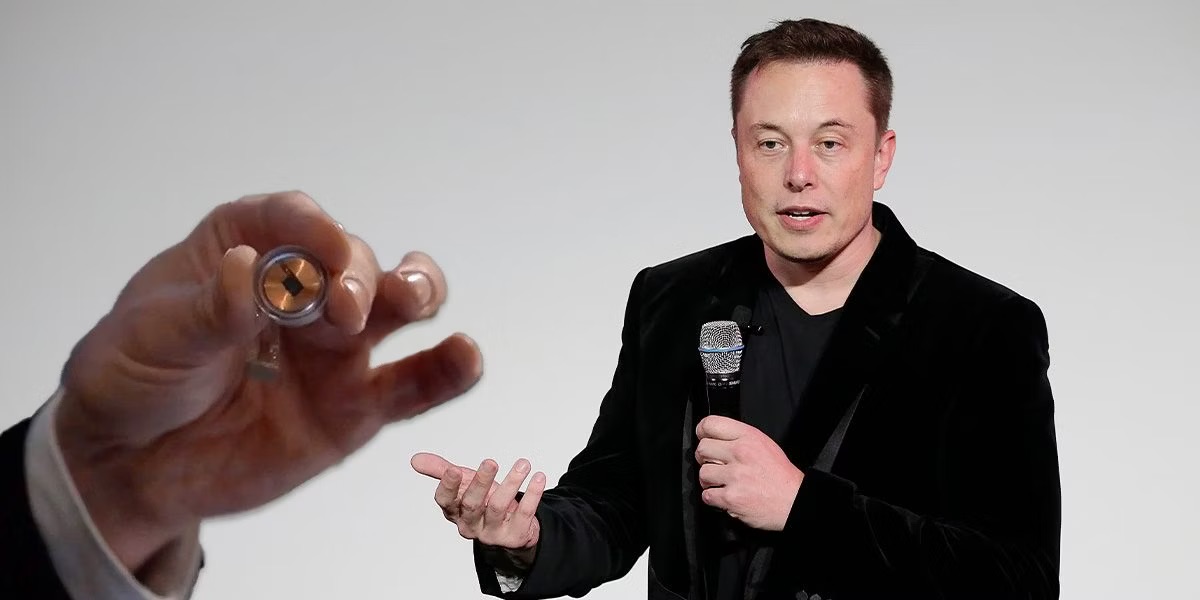
A patient with a Neuralink brain chip is now successfully controlling a robot arm using only his mind. On Monday, Nick Wray posted a video online demonstrating the capability by directing the robot arm to pick up a cup. In the clip, Wray, who has ALS, is shown even taking a sip from the cup as the robot arm carefully positions the drink’s straw near his mouth. He commented in the video, “I’ll be able to talk with my hands again,” while the robot arm held and moved the cup.
Achieving Daily Autonomy
Wray detailed his recent progress in a social media post, confirming he used the brain chip with the robot arm last week. He wrote, “I put on my own hat for the first time in years! I microwaved my own chicken nuggets and fed myself! I learned how to open my fridge and how to remove and replace lids on jars! I even got to try driving my wheelchair with it slowly inside. I did really well!” Furthermore, Wray added that he currently holds the records (for now) for two standardized assessments of manual dexterity: moving the most cylinders across a table in five minutes (39) and flipping the most pegs in a standard dexterity test.
The Technology and Vision
Neuralink’s brain chip functions by converting neural signals into Bluetooth-based remote commands. The device previously gained widespread attention last year for enabling its first human user to control a laptop and play computer games solely through thought. Elon Musk, Neuralink’s founder, has often spoken about the ultimate potential for the implant to help paraplegics regain full limb control through robotic arms or even integrate with a full-sized Optimus robot from Tesla. Wray, who received his brain implant in July, provides the public with the fullest view yet of the technology’s physical potential, following a brief teaser of the robot arm trials in January. To date, Neuralink has implanted its brain chip in 12 human patients. Wray is expected to post more videos showcasing his use of the chip with the robot arm soon, though Neuralink has not yet provided comment on the mechanism by which the chip translates brain signals into physical robot action.
Author’s Opinion
The demonstration of a brain-computer interface enabling an ALS patient to perform complex, daily tasks like feeding himself and opening jars marks the true, human-centric definition of a technological breakthrough. While playing video games with your mind is impressive, the ability to restore personal autonomy—the simple dignity of microwaving one’s own food—is where the technology translates from novelty into profound medical utility. This achievement shifts the focus from Neuralink’s long-term, futuristic goals to its immediate, life-changing therapeutic value, a necessary validation for the ethically complex field of brain implants.
Featured image credit: Heute
For more stories like it, click the +Follow button at the top of this page to follow us.
